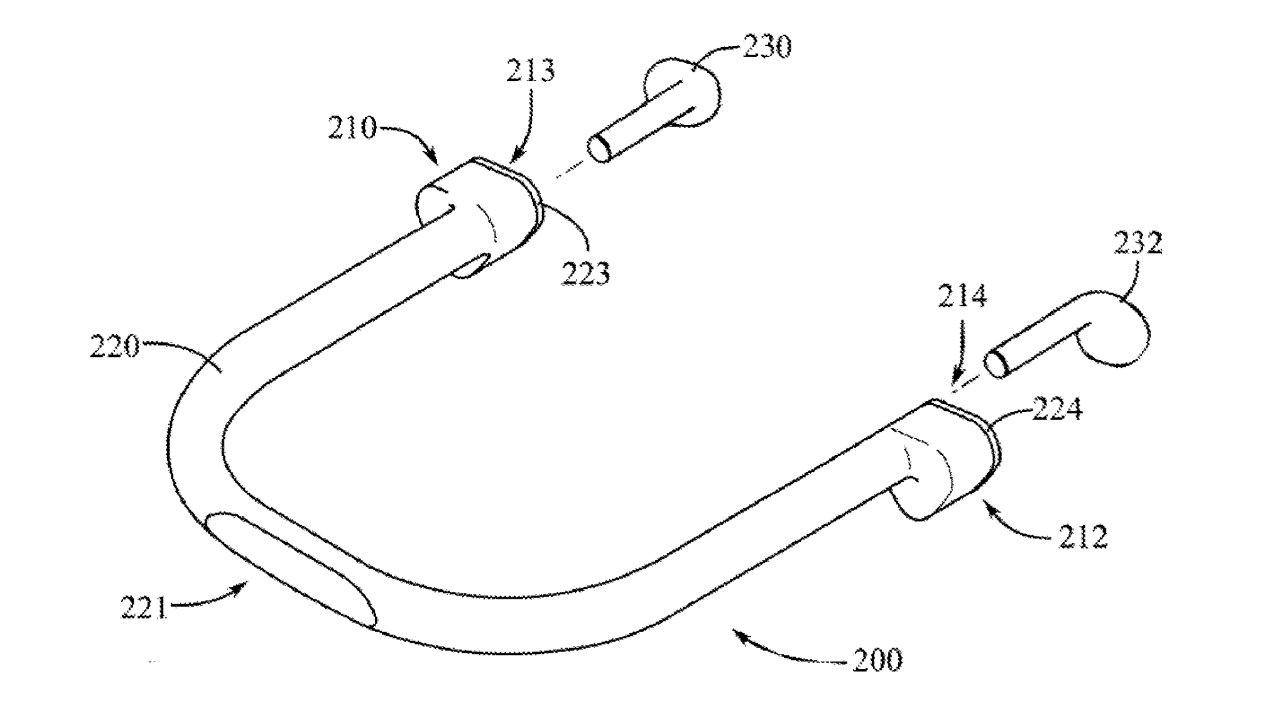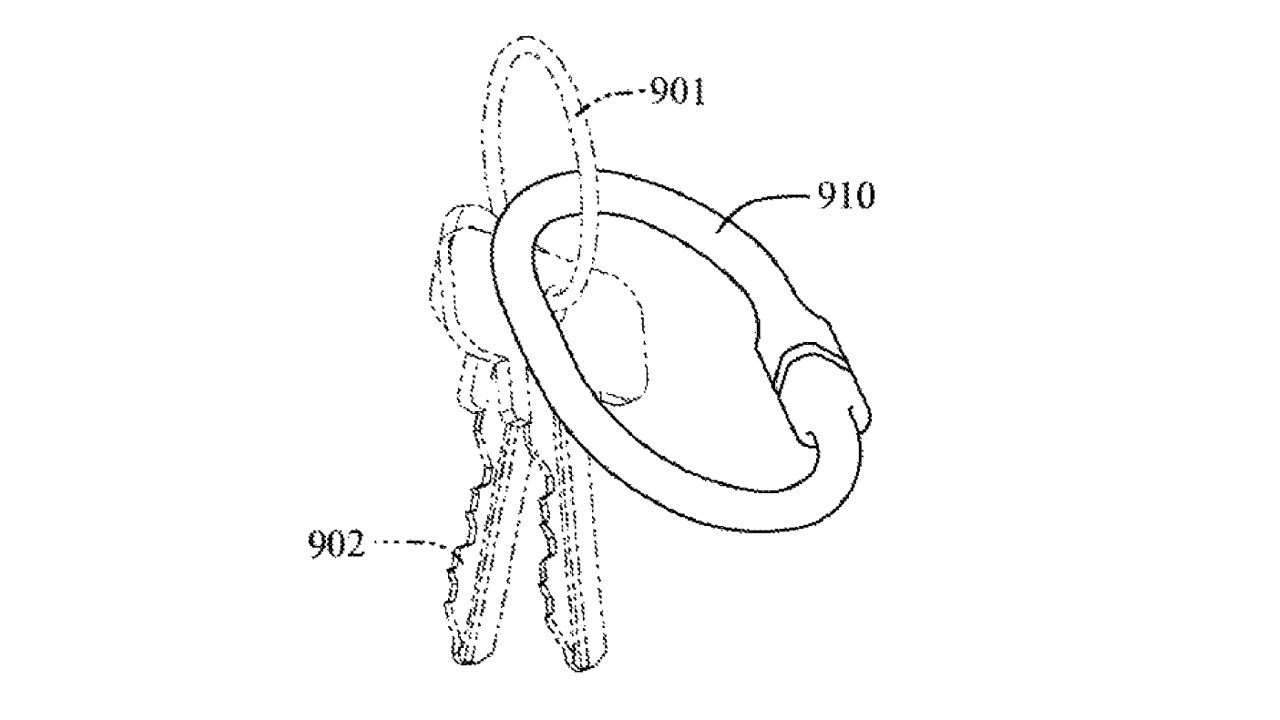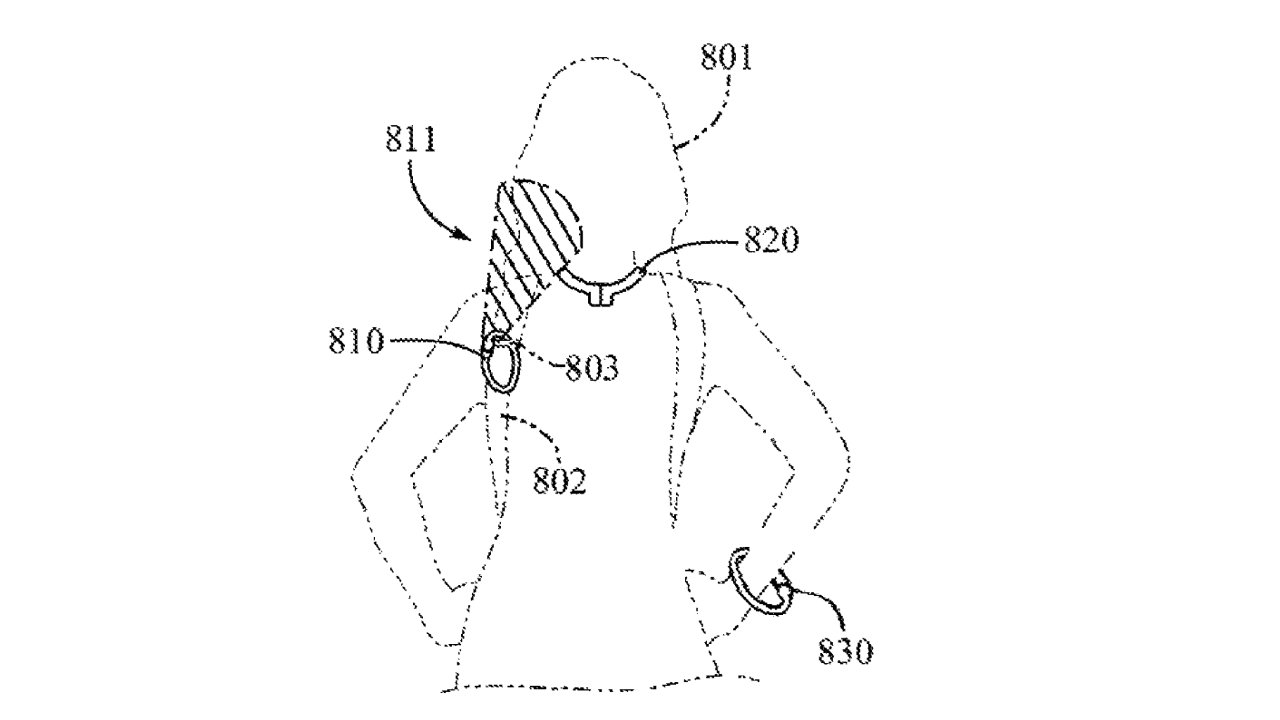
Apple researching how to make AirPods charging cases into bracelets & necklaces
If Apple’s research pans out, the familiar puck-shaped AirPods charging case could be joined by versions that can be worn like a necklace or bracelet.
The whole point of AirPods and AirPods Pro is that they are so light and small that it feels as if the music is surrounding you. But while that’s excellent when the earbuds are in your ear, they are also so small once you take them out, you are at risk of misplacing them.
That’s one reason they come in a charging case, so that you know where you’ve put them. Plus, of course, the charging case is key to making AirPods last a decent amount of time.
Only, you do have to remember to put the AirPods back in the case — and even when you do, the current charging case isn’t exactly massive and unmissable, either.
Hence the newly-granted patent for a “Wireless Headphone Accessory.” Despite the singular title, this patent covers multiple different charging options, though all are intended to solve the same issues.
“While some portable electronic devices can be carried in a pocket or a purse, some activities do not permit the use of pockets or purses to store an electronic device,” it says. “For example, some portable electronic devices are commonly used to listen to music while a user of the portable electronic device is jogging or otherwise exercising.”
“Accessories for portable electronic devices having features to retain the portable electronic device to the user, however, are traditionally bulky and may be uncomfortable, or may not provide certain desired features, such as charging capabilities,” it continues. “Thus, improvements and advances to accessories for electronic devices can be desirable to reliably retain the electronic device in a convenient form factor while providing other desired features.”
What Apple is looking for is a way that a wearer can readily store their AirPods while not in use. And its proposed solutions begin with the chunky necklace.
“As shown, the accessory can include a first receiving portion and a second receiving portion,” says Apple. “The first and second receiving portions can be physically connected to one another by a housing portion.”
“In some examples, some or all of the housing portion can be flexible or bendable and can be referred to as a flexible portion,” it continues. “In some examples, however, the first and second receiving portions can be directly connected to one another, or can even be encompassed or at least partially contained within a housing…”
The first example neck brace illustrated is an open U-shape, where an earbud is slotted into each of the two ends. That rather leaves the earbuds at risk of dropping out, though, so another suggestion is for the U to become more like a large O — a necklace rather than a neck brace — where the two ends fasten together.
Apple’s patent then explores many finely different versions of this idea, including one where there are lights to show the charging level. A seemingly much smaller accessory could be used to attach AirPods to a regular keyring.
Then one final option is that an AirPods charging accessory could “looped around an article of clothing, accessory, body part or appendage of a user, or any other object as desired to retain the accessory thereon.”
That leads most obviously to a suggestion of a bracelet, but Apple also suggests that the “accessory can be passed through or around a strap or portion of a backpack being worn by the user.”
Apple concludes with a proposal that a charging case that affixes to clothing could also be used as a very specific, very directional speaker.
“By producing or amplifying directional sound as shown, the accessory can allow the user to hear the sound while other people, even those standing directly next to the user, may not be able to hear the sound,” says Apple. “In this way, a user can, for example, continue a phone call being conducted through earbuds when the earbuds are in the accessory and can still maintain a desired level of privacy.”
This patent is credited to nine inventors, including Kristen L. Cretella. Her previous related work includes research into making a device remarkably like a “Star Trek” communicator badge.



